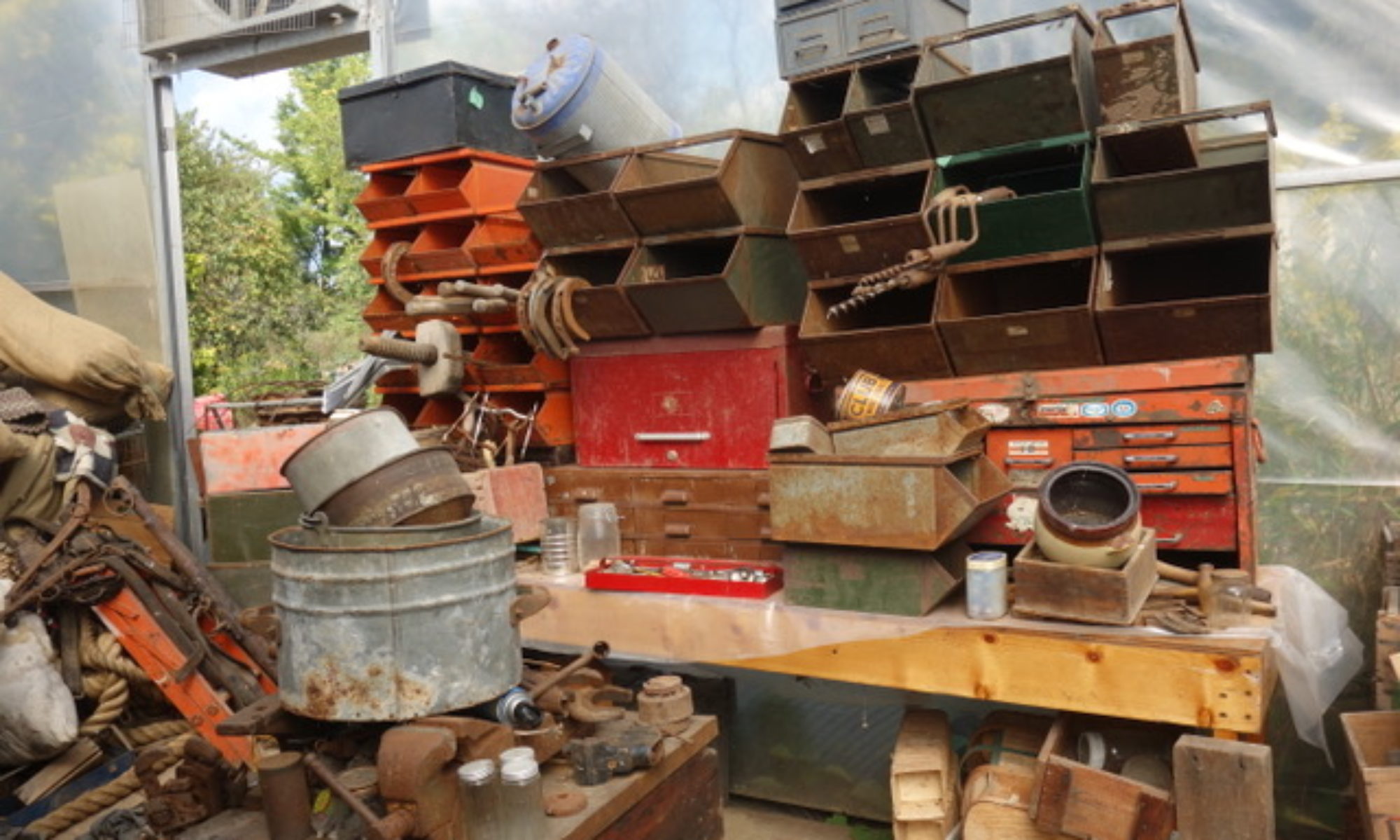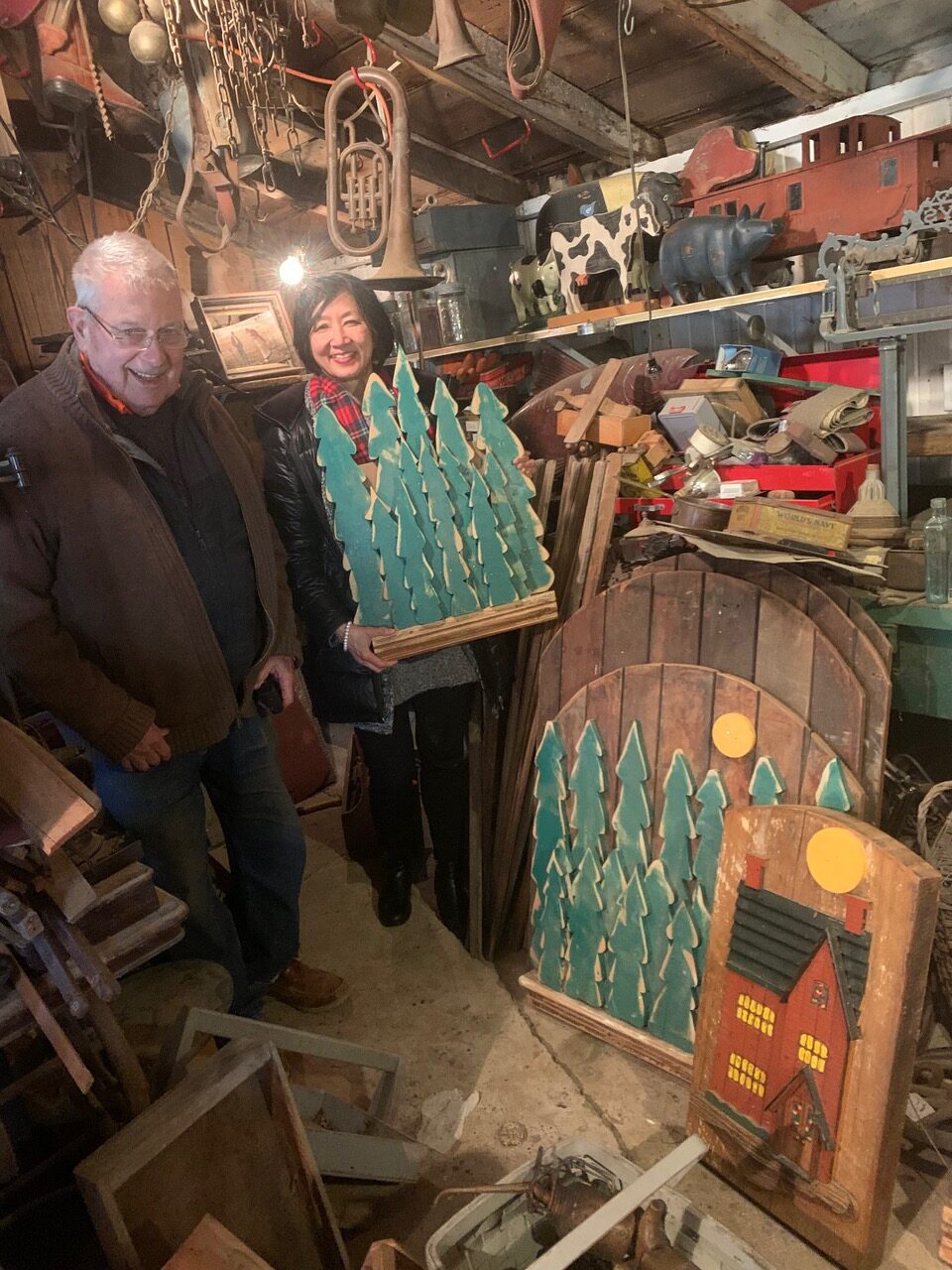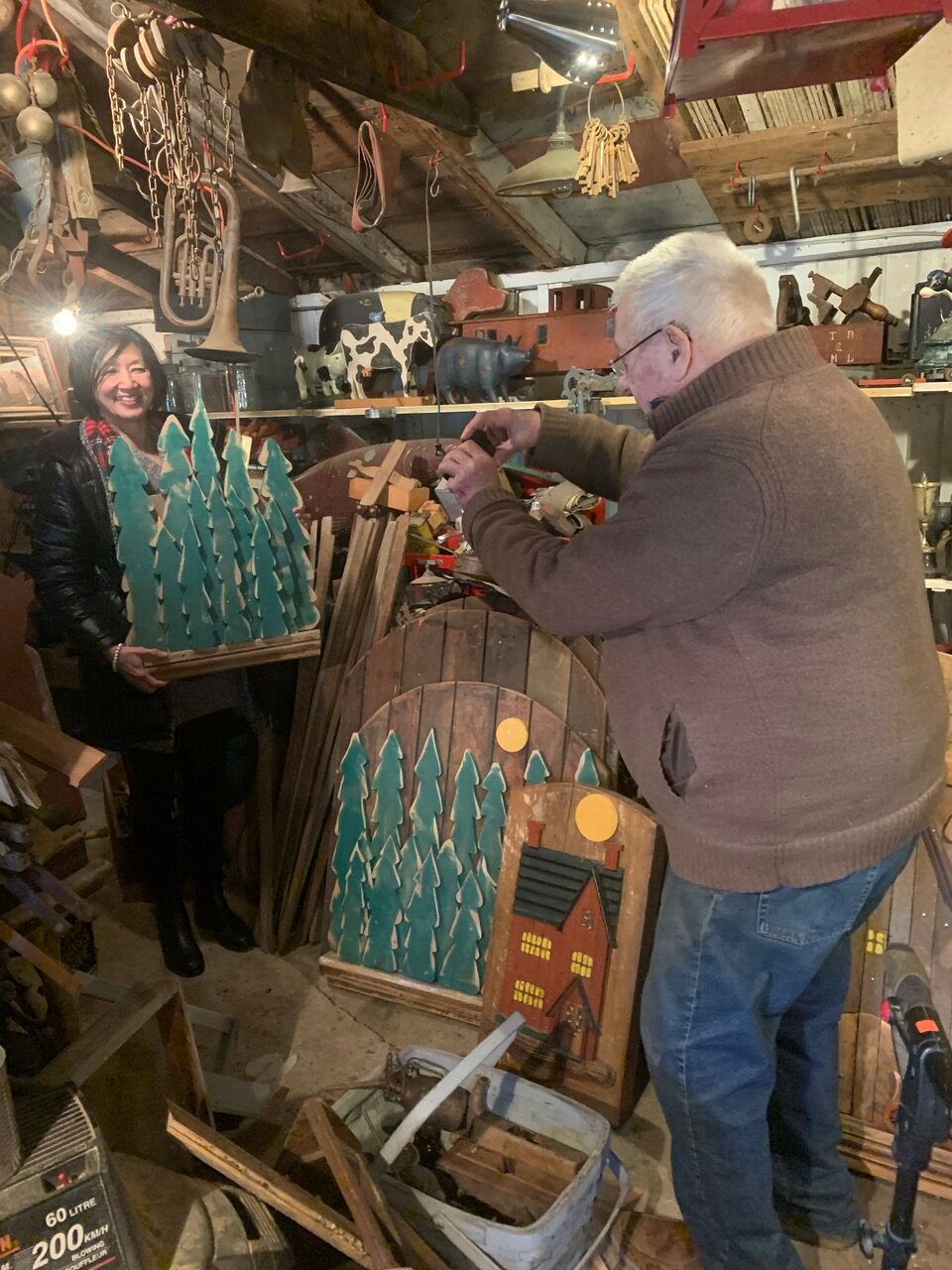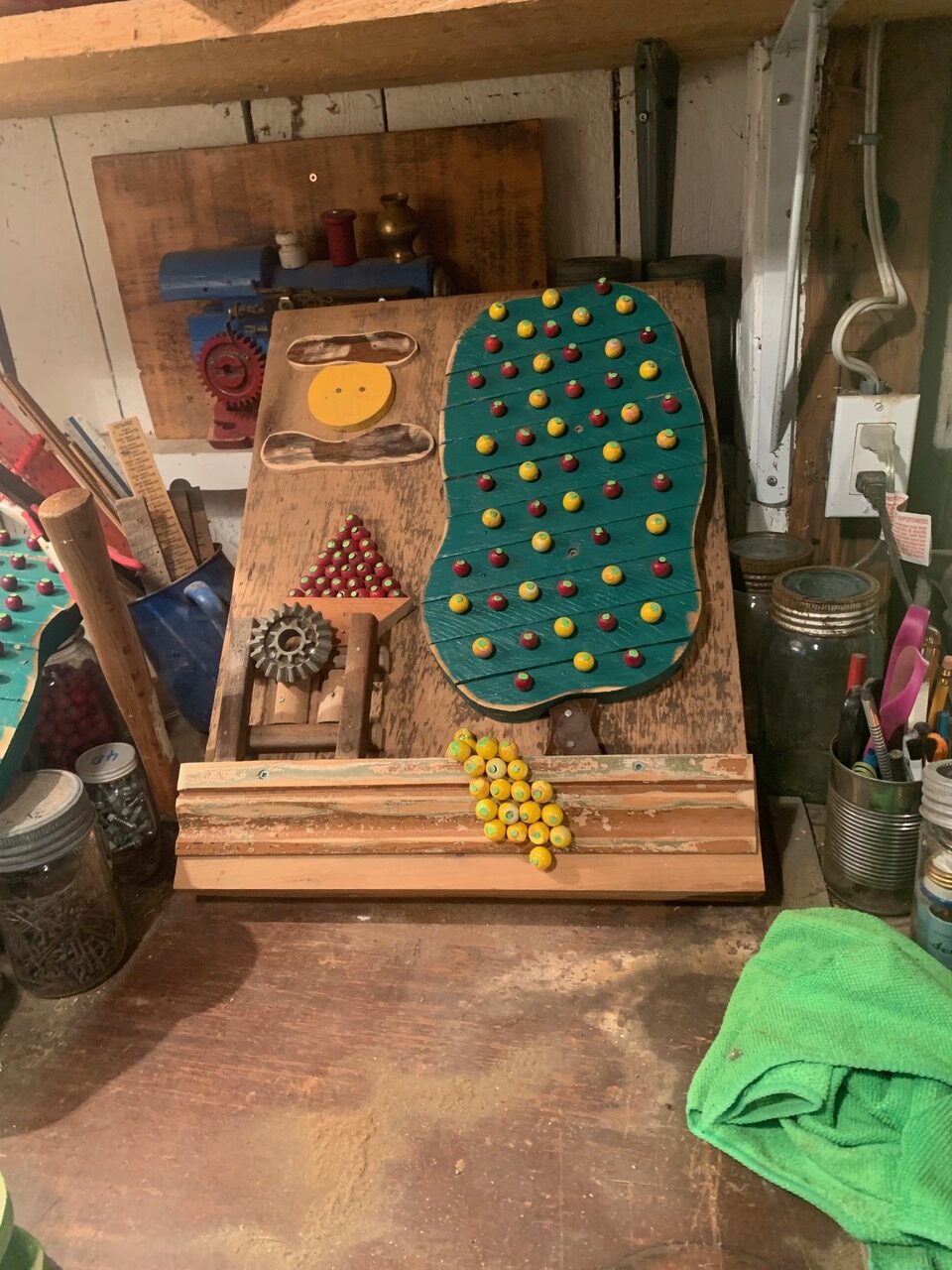
EPISODE 796 NOT JUST MEDICAL MARIJUANA…WHERE ARE THE TULIPS?
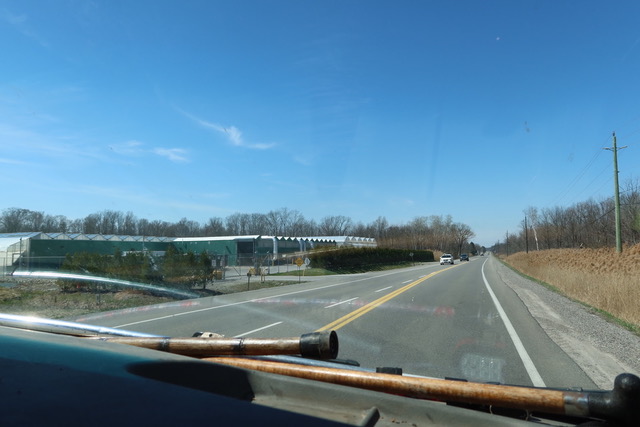


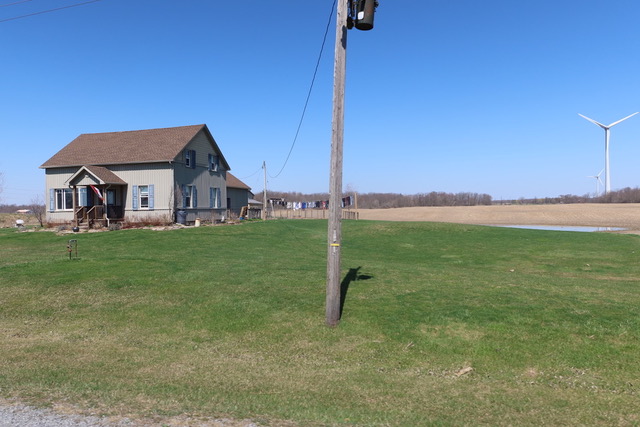
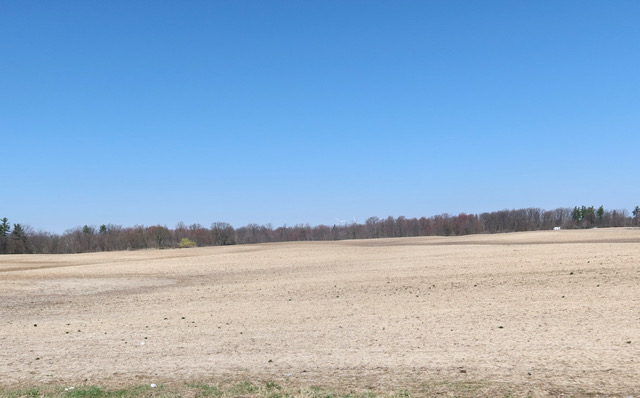

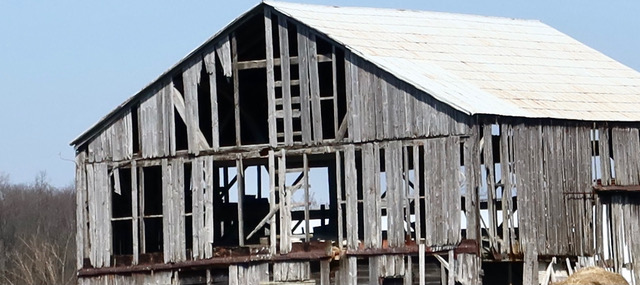
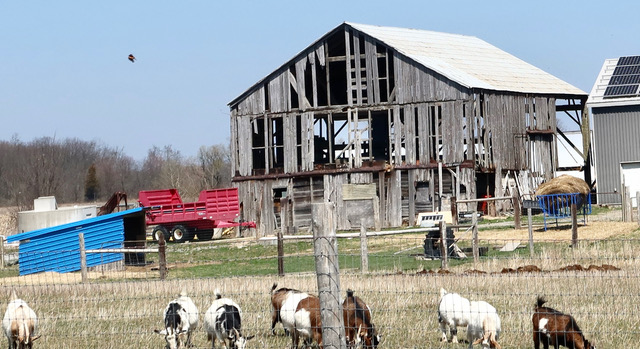

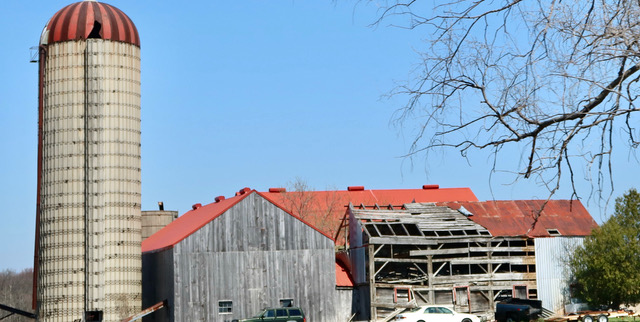


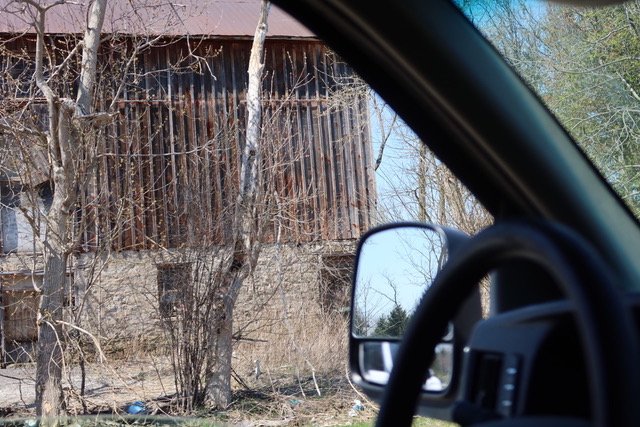
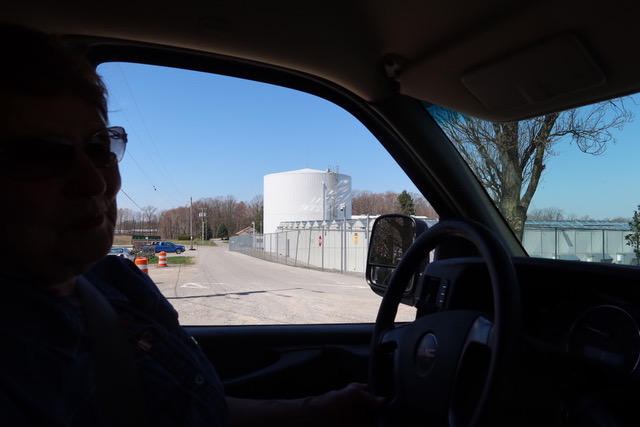

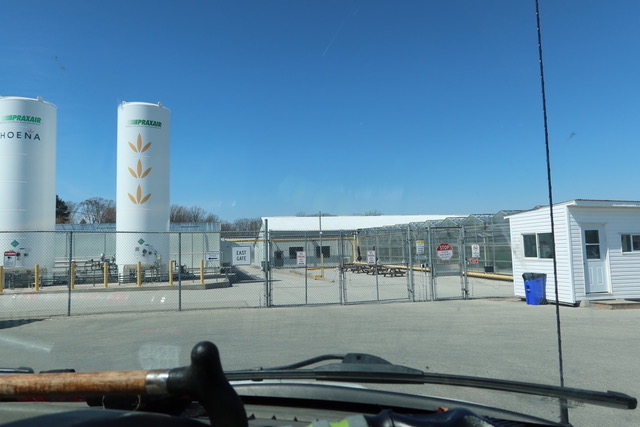



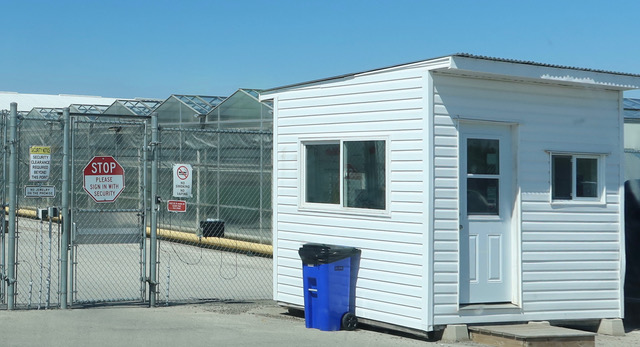


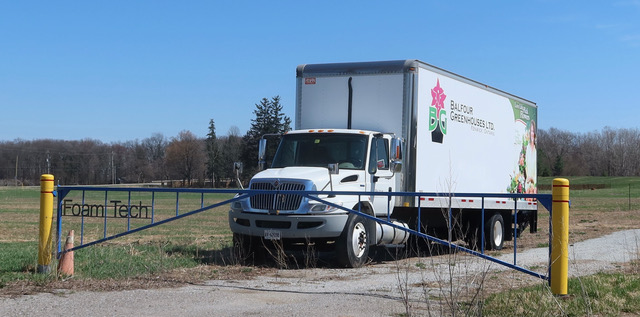
1) ONE CANNABIS GROWER SAID TO CTV: says he has another three years on his lease. With a rent of $6,000 per month, he admits that “bankruptcy may be the only way to get out of here.” He spent nearly $300,000 on his retail store, with his family lending him the bulk of the money.
“Licensing cost me $10,000 for this location. Then I had all my renovations, that was about $150,000. Then I had rent and operating costs, that’s $60,000. Then I had an inventory of $50,000. So, we’re already at $280,000, and that’s not including payroll for employees and overhead like that,” Kostanyan told CTV National News.
Health Canada has information for health care professionals and for authorized patients on the use of cannabis and cannabinoids for medical purposes. This includes information on potential therapeutic uses, dosing, warnings, and adverse effects. For more
- start using cannabis at a young age
- use cannabis frequently (daily or almost every day)
- have a personal or family history of schizophrenia
Youth are especially vulnerable to the effects of cannabis, as research shows the brain is not fully developed until around age 25. This is because THC, the substance which gives the “high” in cannabis, affects the same machinery in the brain that directs brain development
You should also be aware that the use of higher potency cannabis products has also been associated with a greater risk of developing schizophrenia. Stopping or reducing cannabis use has been shown to improve outcomes; however, some health effects may not be fully reversible even when cannabis use stops.
EPISODE 796 EARLY SPRINGTIME ALWAYS TAKES ME TO ANDREW WYETH’S PAINTINGS


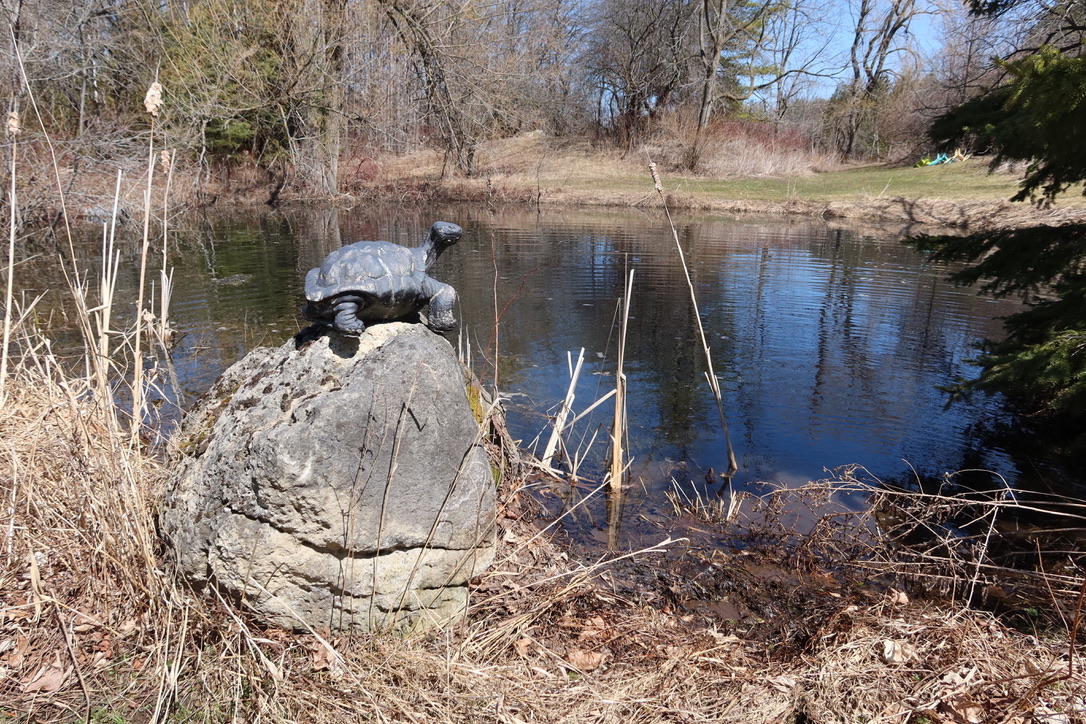
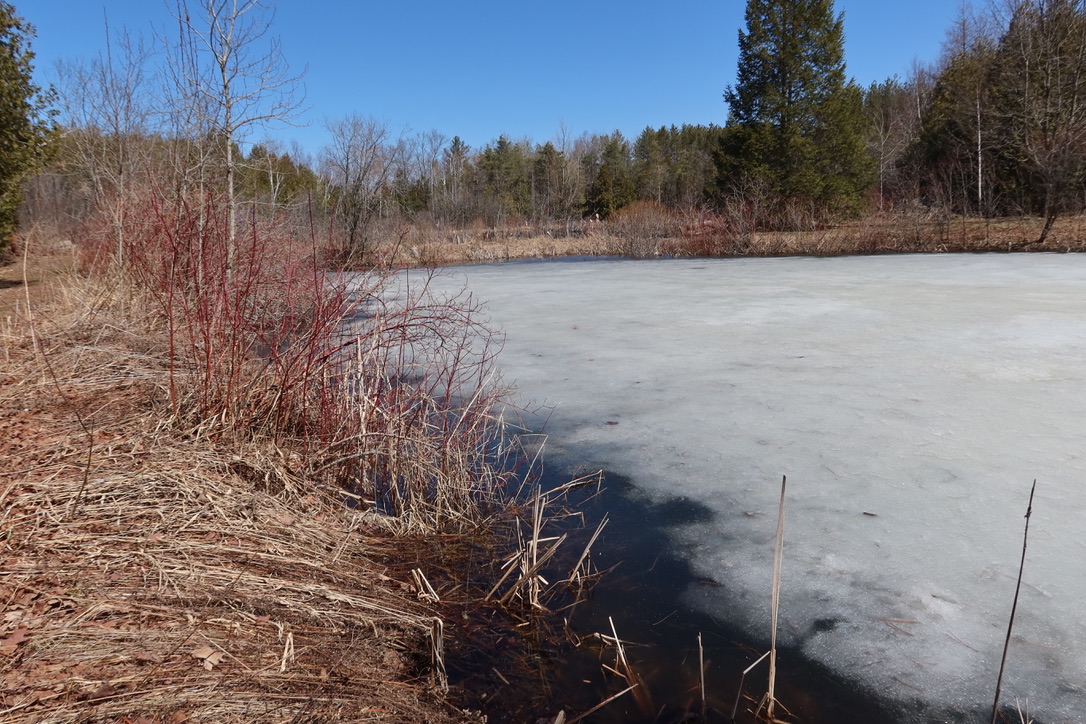
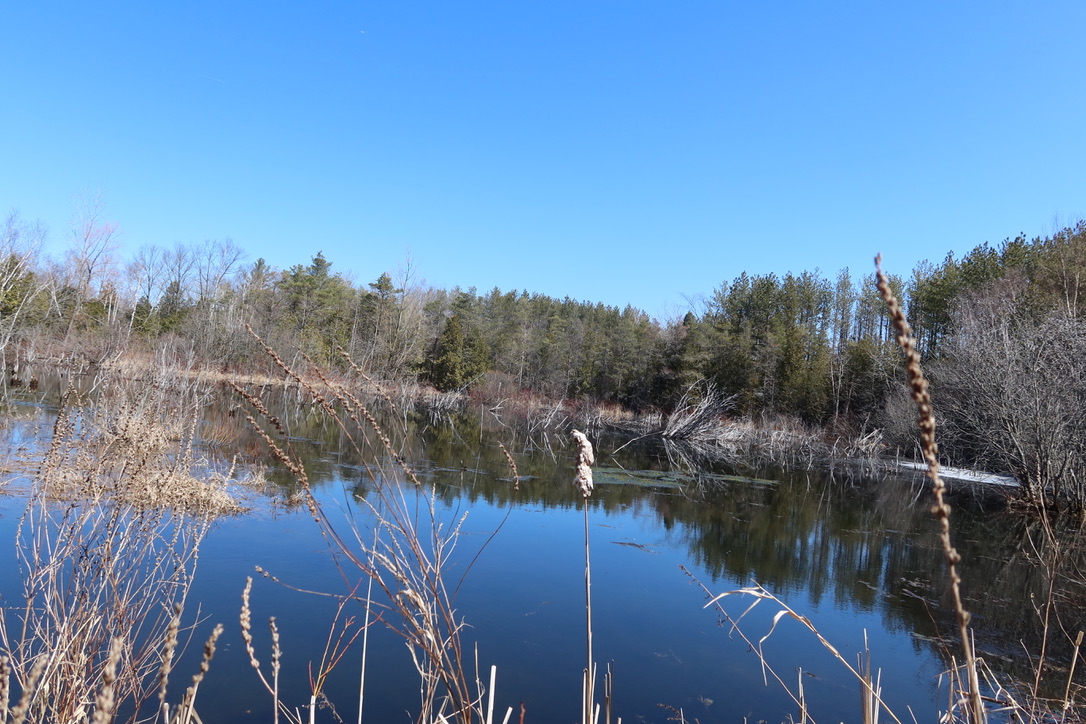

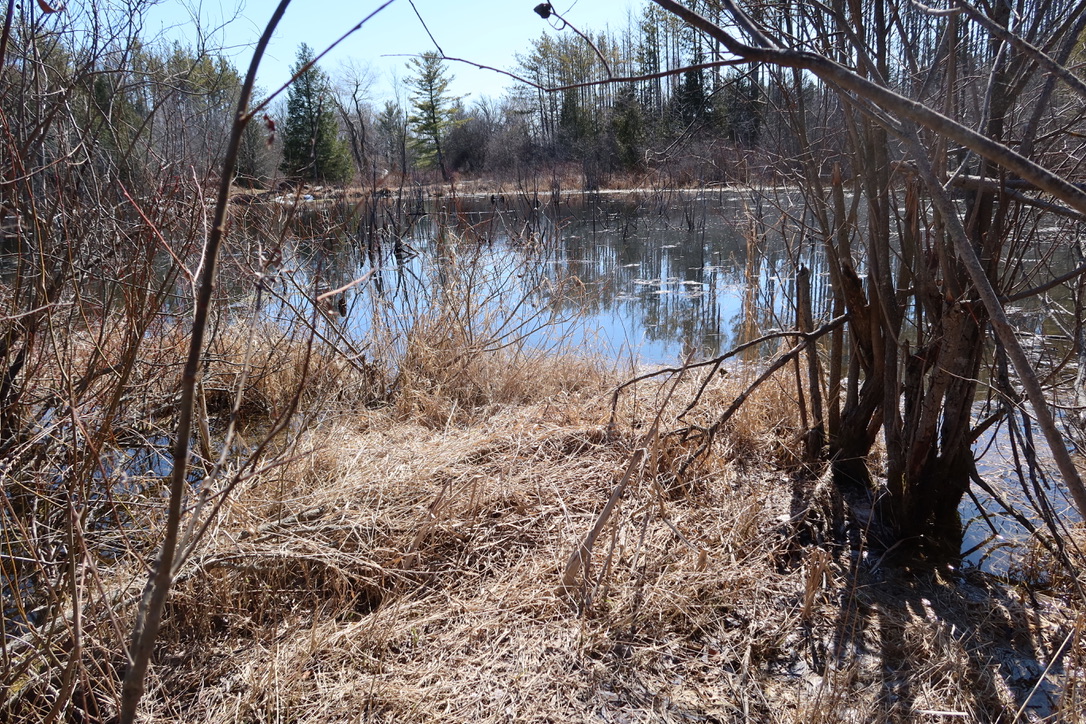

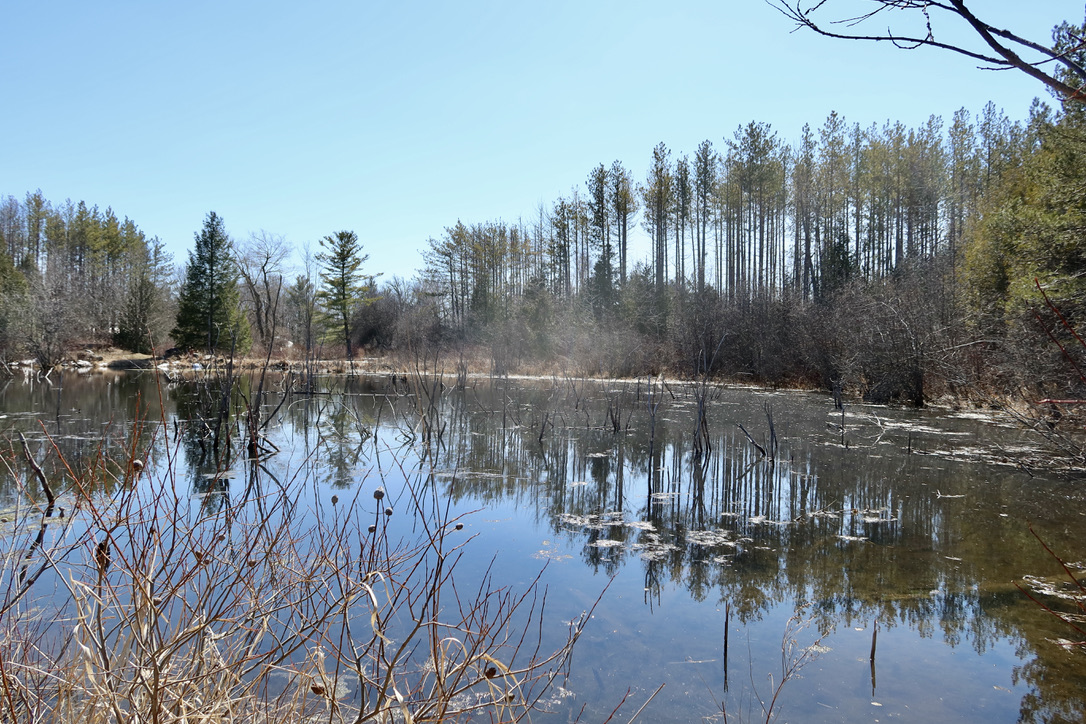
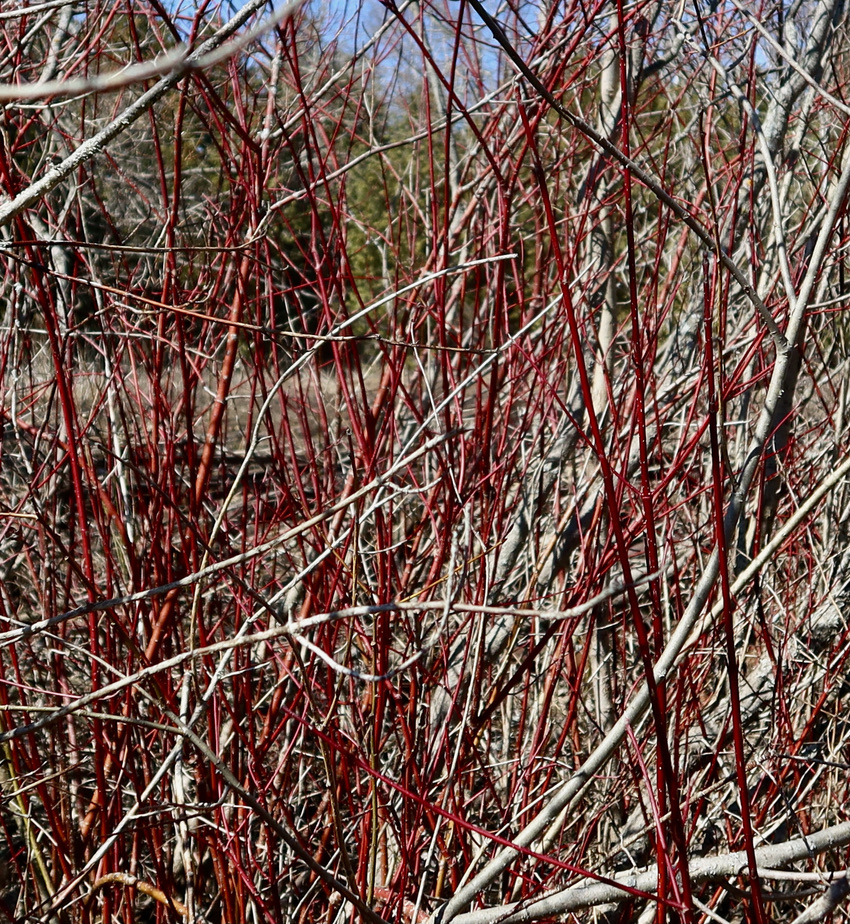

EPISODE 796 rescued: THE SAFEST PLACE FOR A SNAKE IS IN JACK’S HAND
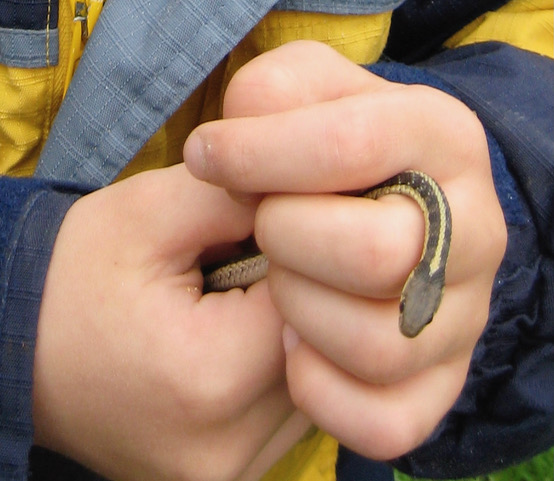
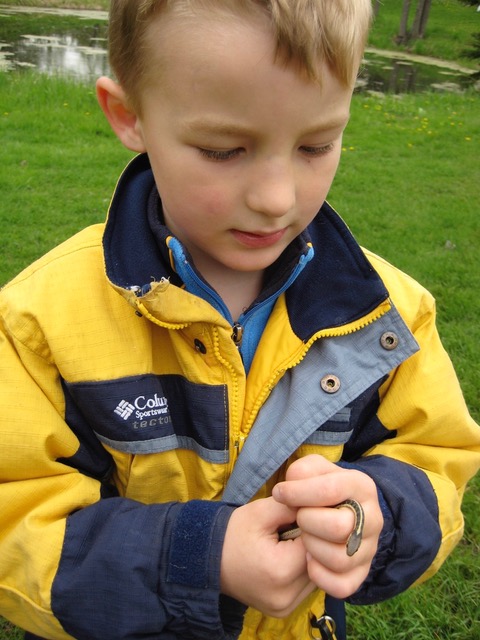

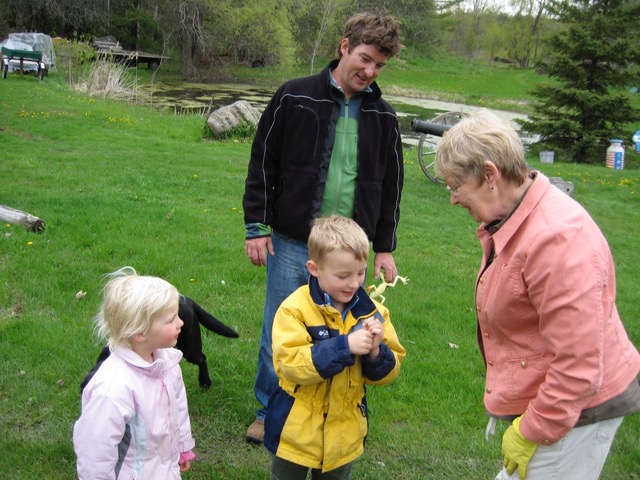
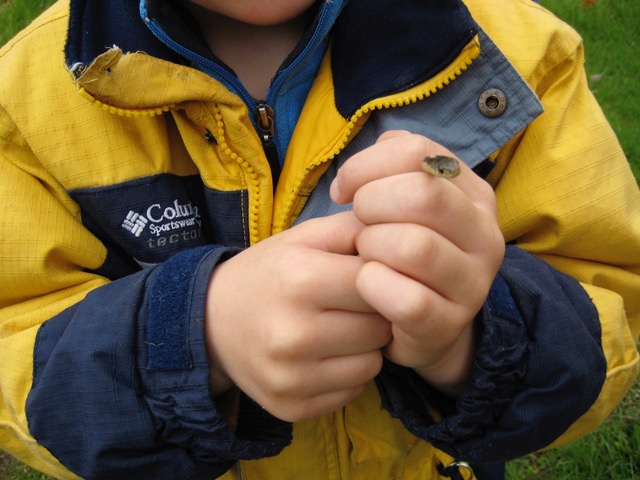
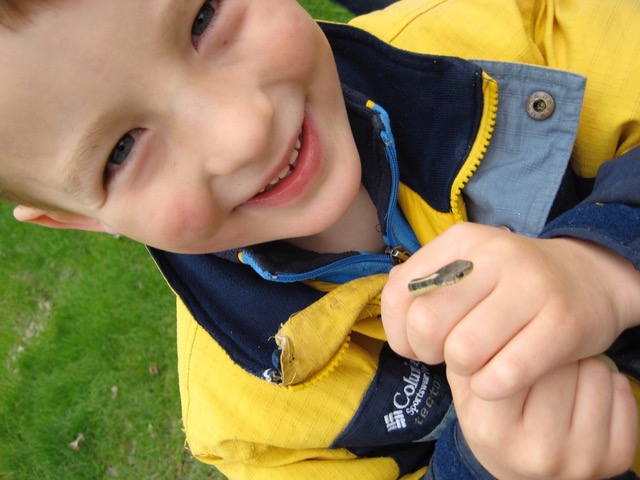

EPISODE 795 LOVE AFFAIR

EPISODE 793 INTERVIEW WITH LORNE JOYCE — COMMERCIAL FISHING AND RUM RUNNING — PORT CREDIT 1920’S (original episode 303)
EPISODE 303 LORNE JOYCE — THE COMMERCIAL FISHERMEN ON LAKE ONARIO – A TOUGH LIFE

 heritagemississauga.com/wp-content/uploads/2013/08/Lorne-Joyce-20101-570×428.jpg 570w, heritagemississauga.com/wp-content/uploads/2013/08/Lorne-Joyce-20101-600×450.jpg 600w, heritagemississauga.com/wp-content/uploads/2013/08/Lorne-Joyce-20101.jpg 640w” sizes=”(max-width: 300px) 100vw, 300px”>
heritagemississauga.com/wp-content/uploads/2013/08/Lorne-Joyce-20101-570×428.jpg 570w, heritagemississauga.com/wp-content/uploads/2013/08/Lorne-Joyce-20101-600×450.jpg 600w, heritagemississauga.com/wp-content/uploads/2013/08/Lorne-Joyce-20101.jpg 640w” sizes=”(max-width: 300px) 100vw, 300px”>

“LORNE ALWAYS LAUGHED BEFORE HE SPOKE AND WITH HIS LAUGHTER THERE WAS A TWINKLE IN HIS EYES. HE WAS A GOOD MAN. I SPENT A WONDERFUL
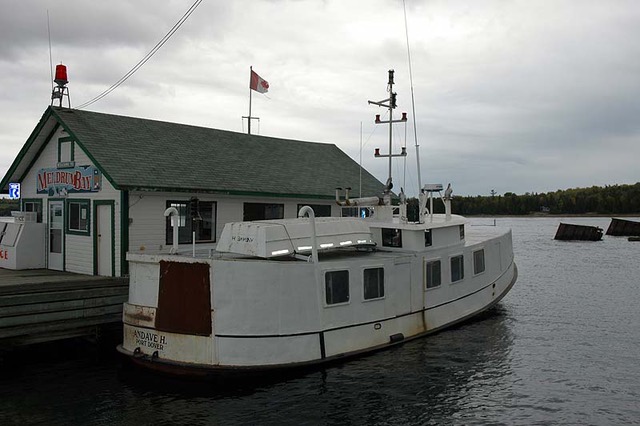
Picture of a typical fish boat…i.e. shaped like a jelly bean.
THE
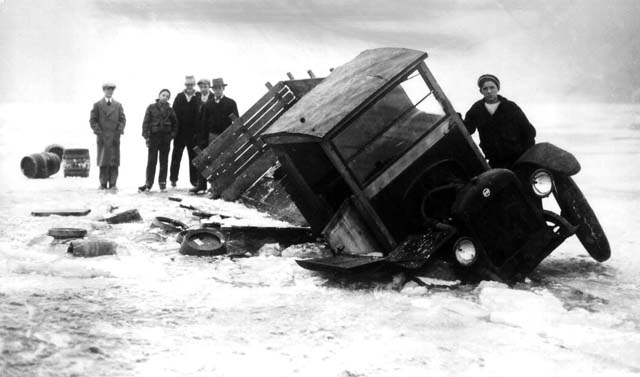

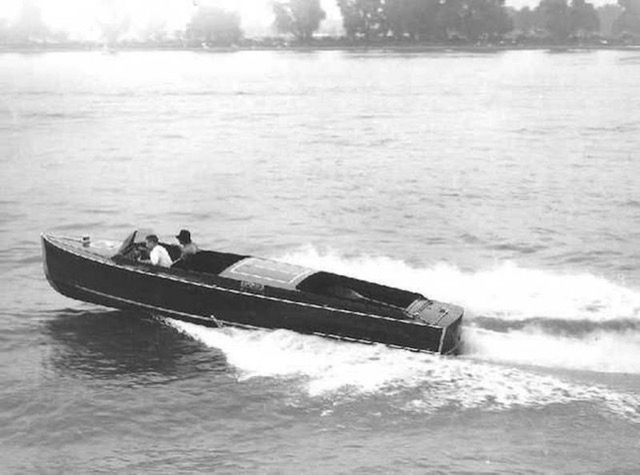
 flashbak.com/wp-content/uploads/2014/11/PA-2534968-300×235.jpg 300w” sizes=”(max-width: 709px) 85vw, (max-width: 909px) 67vw, (max-width: 1362px) 62vw, 840px” apple-inline=”yes” id=”AA3A4A80-7D4D-46BC-8FC8-A7EB5E7C0D29″ src=”http://alanskeoch.ca/wp-content/uploads/2021/04/PA-2534968-1024×802-1.jpeg”>
flashbak.com/wp-content/uploads/2014/11/PA-2534968-300×235.jpg 300w” sizes=”(max-width: 709px) 85vw, (max-width: 909px) 67vw, (max-width: 1362px) 62vw, 840px” apple-inline=”yes” id=”AA3A4A80-7D4D-46BC-8FC8-A7EB5E7C0D29″ src=”http://alanskeoch.ca/wp-content/uploads/2021/04/PA-2534968-1024×802-1.jpeg”>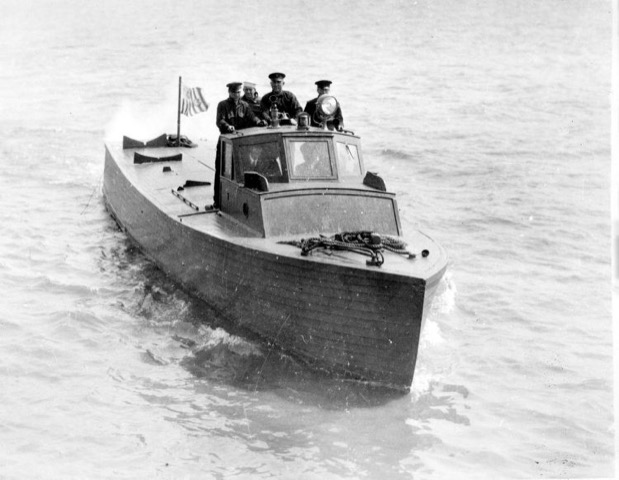

2) The document below was excerpted from the AnnulReport of the Department of Fisheries of the Province of Ontario, 1899-1906
District Overseer Pratt reports : That the season has been a profitable one both to the fishermen and the dealers j that a smaller number than in former years have been engaged in fishing ; that prices have ruled higher, and that with the exception of a few particular localities in Georgian Bay, fish are decidedly on the increase. He is of the opinion that the causes of the non-increase of fish in some localities are : (1) That in former years, saw dust had been allowed to enter several streams and thereby became deposited over a considerable area at river mouths ; (2; that the towing of large rafts of logs is detrimental to both fish, life and fishing operations ; and (3) a fermentation process takes place when fresh bark is deposited in the water, which causes the fish to avoid such places. The fishermen, he says, complain that tugmen are not careful to avoid unnecessary damage to nets, but frequently tow their rafts over net buoys, often getting foul of th buoy line, dragging and tearing valuable property. He is of the opinion that the preser vation line, inside of which net fishing is not allowed, is too far from shore from off Moose Point north, and that there does not appear to be any good reason for shutting oft so many acres of water.
Implements of Capture. The principal implements of capture authorized in Ontario are the pound set, the gill net, the hocp or fjke net, and the seine. The pound net preserves the fish alive, and is set at right angles to the shore, from which runs out a leader until water sufficiently deep in which to set the pound is found, vaiying from 25 to 40 feet, according to the length of the stakes used. The fish, in passing up and down the shore, encounter- ing the leader, are turned in their course and work along the leader until they pass into the heart and thence into the pound, from which the net derives its name. Not more than three nets in a string are permitted to be set, and an open or disconnected space must be left between each net. They are placed at various distances apart, care being exercised to prevent crowding or oveifishing. On the American side, where the water is very much shallower, as many as 25 or 30 nets are set in a string, and as closely together as the fishermen may desire. The fisherman with small capital has, therefore, no chance, pocketed between long strings of these nets, and is forced out of the business, while on this side all are put upon an equal footing. ^_^ — \ The hoop or fyke net, though differently constructed, operates similarly to the pound] net, the fish being found alive in the bag or purse. It is set in marshy inshore waters,/ and is licensed to take coarse fish only. — ^ The gill net bangs like a wall in the water, suspended by buoys and floats, and is kept taut by sinkers. It may be set in shallow or deep water. The fish are gilled in attempting to pass through the met he s, and soon die. The occupation of gill net fishing on the great lakes is attended with many dangers and hardships. The fishermen must be on the water in all kinds of weather, the best lifts being, it is said, sometimes made wien the lakes are the roughest. The seine or sweep net is probably the oldest device for taking fish, and is a most effective on« ; To it, however, is attributed the depletion of many waters once teeming with fish, ai d its use, therefore, has been for seme years discouraged. It varies in length according to the distance to be swept, one end being attached to the shore. All fish, irrespective of size, within the circle described in its operation are taken.
The Commercial Fisheries. ' As a national possession they are inestimable, aud as a field for industry and en- terprise they are inexhaustible." They are perhaps unsurpassed in any country on the giou«, not only in extent, but for their great economic value. Practically no attention has as yet been directed to our great north west and northern waters, which teem with the finer qualities of fish. These fisheries are destined in the near future to afford a liveli- hood for thousands of our population, and become an important and continuous source of food supply and revenue. In the older portions of the province, under a judicious licensing system, a vigorous policy of supervision, and the requirement of a strict com- pliance with the laws and regulations enacted for the protection of the fisheries, there may soon be expected to be a large increase in the supply of fish and a perceptible im- provement in the fishing industry, a matter which concerns not the present generation only but which ia of vital importance to succeeding generations alsa. Any other course will result in their complete extinction. ' : Propagation may plant and generous nature may water, but a reasonable protection must be added to give permanent increase " The fishermen for a consideration, are granted the privilege of netting in the public waters, but this privilege must not be abused, nor the public's interests in the fisheries prejudiced thereby. The history of commercial fishing in the great lakes of this province, until within very recent years, has been one of wholesale destruction. Not many years ago Lake Ontario teemed with whitefish and there are well authenticated instances of as many as forty, fifty, and even ninety thousand having been taken in one night at Bur- lington Beach. No thought was then had of saving the immature and unmarketable por- tion of the catch, aud no thought was had of the morrow, but they were thrown upon the beach to die, rot and be carted away as manure, and as a result of this improvidence there are now but few whitefish in that lake ; aud, as in Lake Ontario, so in most of the large bodies of fresh water where fishing has been engaged in to excess. The urgent necessity of some decisive action to prevent the continued destruction of the immature fish led to the introduction into our licenses, and subsequently into the Fisheries Act, of the clause prohibiting the taking of any trout or whitefish under two pounds in weight — in other words, the taking of these fish before they have arrived at the age of reproduc- tion. It was suggested that the object desired could be accomplished by requiring the mesh of the pot of the pound net to be sufficiently large to permit the escape of all fish under that size ; and while this might have been a remedy in some place?,, in others — such, for instance, as in Lake Erie, where a variety of kinds and sizes of fisll inhabits the lake, and where the bulk of the catch is of herring and a small kind of pic ":erel — such a condition would have resulted in the bankrupting of the fishermen, and was therefore impracticable. Could a size have been stipulated, it would have been admittedly prefer-
1899 ] GAME AND FISHERIES. 37 able, but it was found that a length which would in some waters meet the case, in others would represent a fish of a much greater weight ; so that a weight limit was ultimately decided upon. It will be satisfactory to know that before the adoption of the condition the views of as many fishermen and purchasers of fish as possible were ascertained by per- sonal visits to different points in the Province and otherwise, and that no objection was made to it, but the contrary, many remarking that if the condition were observed it would do more to replenish and secure the perpetuation of the trout and whitefish than any other means that could be adopted, not excepting the strict observance of the close season. To the credit of the fishermen it may be said that the restriction has been uniformly well observed during the past season. The significance of this condition will be apparent to every one when he recognizes that a whitefish or trout does not spawn before she has attained a weight of two pounds, and that the taking of a fish below that weight means that there has been eliminated from the supply not only a fish that has not contributed her quota to the perpetuation of her species, but that one has been placed upon the market of practically no commercial value. The fishermen cannot be so shortsighted as not to see that in taking the immature fish they are destroying the "goose that lays the golden egg."
EPISODE 792 THE LAST ICE HOUSE IN MISSISSAUGA — will soon be a memory


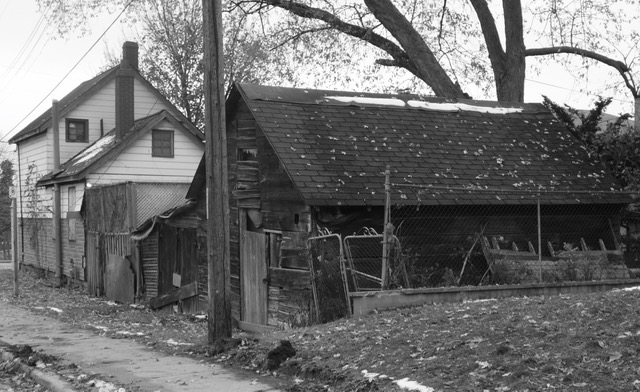





11 August 1926 to 24 August 2013
Optometrist Historian
Predeceased by his parents Louis and Edith (Speers) Joyce and his three brothers Samuel, Charles and Edwin. He leaves his wife Mary Elizabeth (Hutchinson) Joyce and three children, Shirley (Ron Lysen) Ottawa, Grant Joyce (Geannerise) Antigua W.I. and Gordon Joyce (Cathie) Port Credit. And 5 grandchildren and 4 great grandchildren.
Born and raised in the Port Credit and Bronte are Lorne was a navy veteran of WWII, an amateur marine historian and a local optometrist. He was honoured with a lifetime achievement award recently by the Lieutenant Governor.
episode 791 REPLICATING A HOUSE/BARN IN ARISDORF SWITZERLAND (thanks to Martin and Kevin and Gabriela)


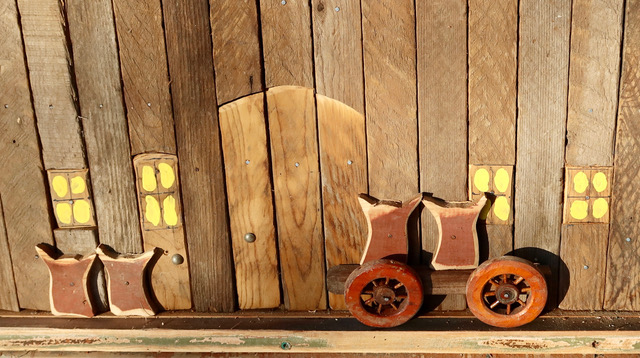
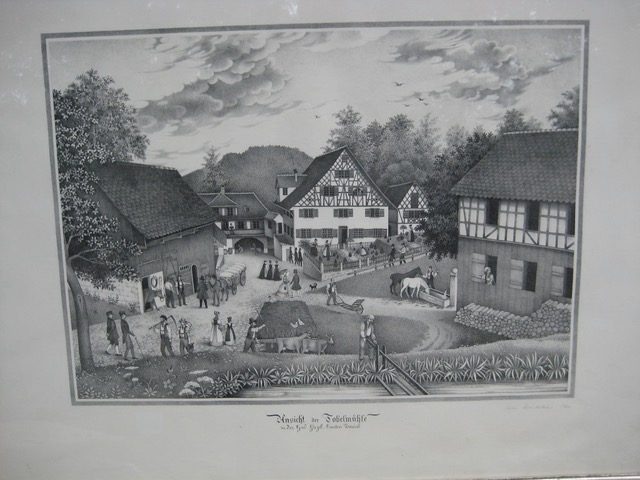


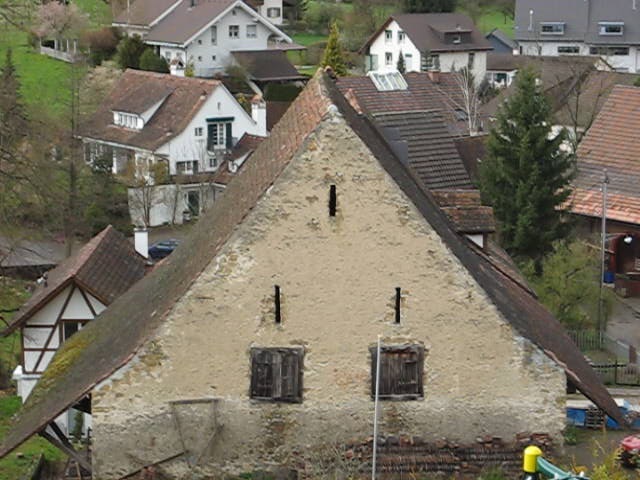

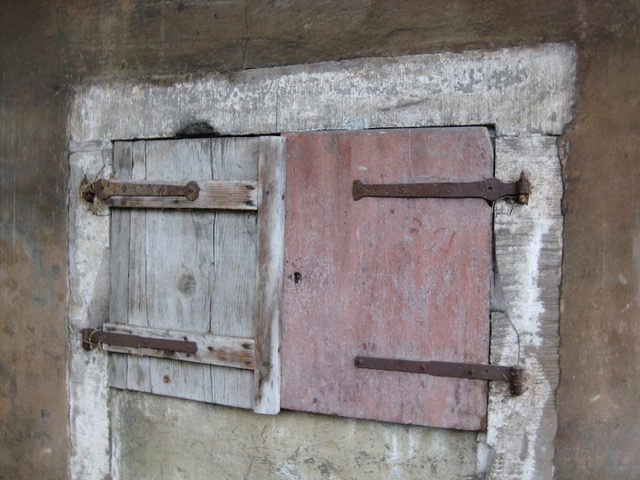
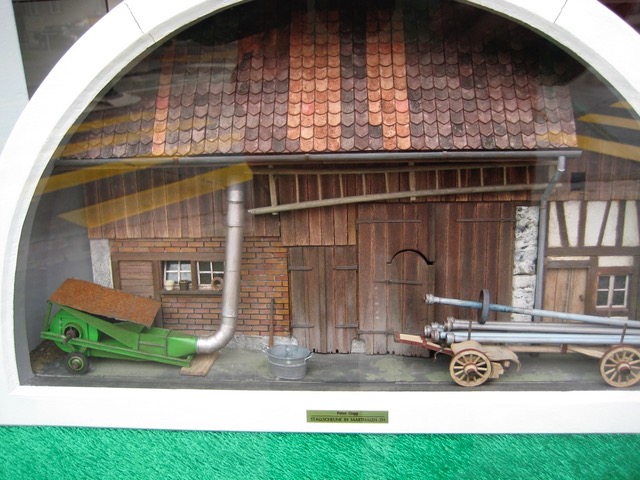

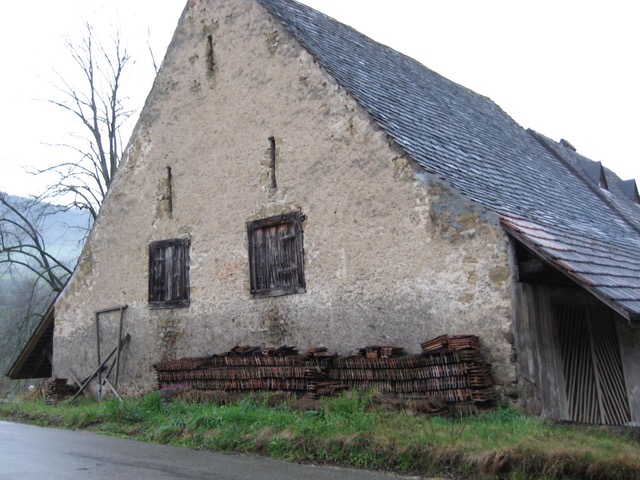
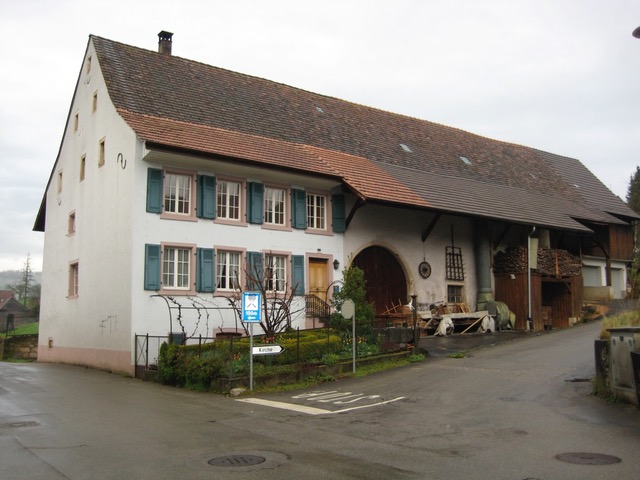
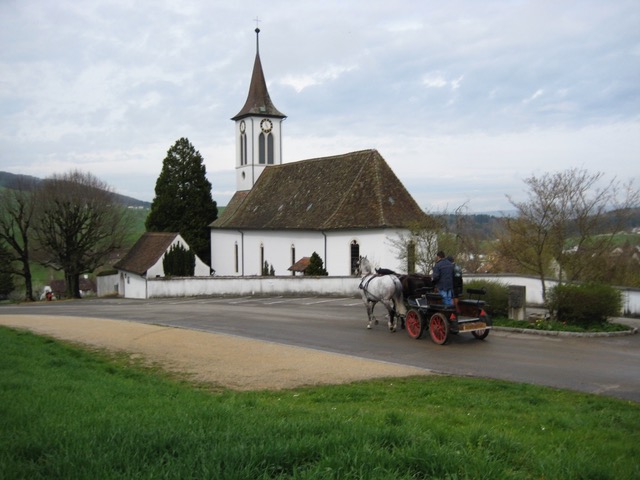
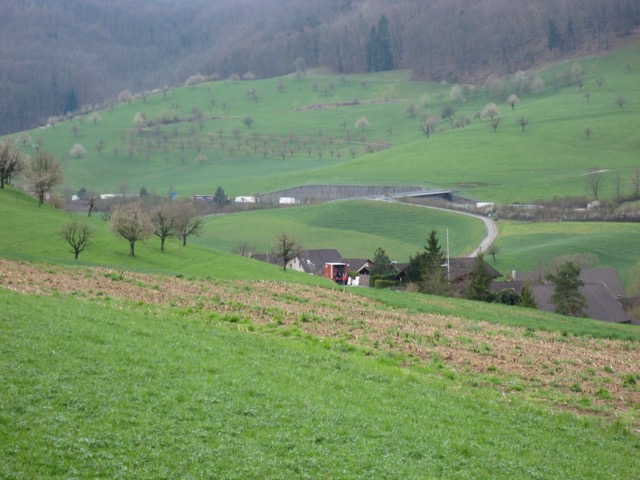
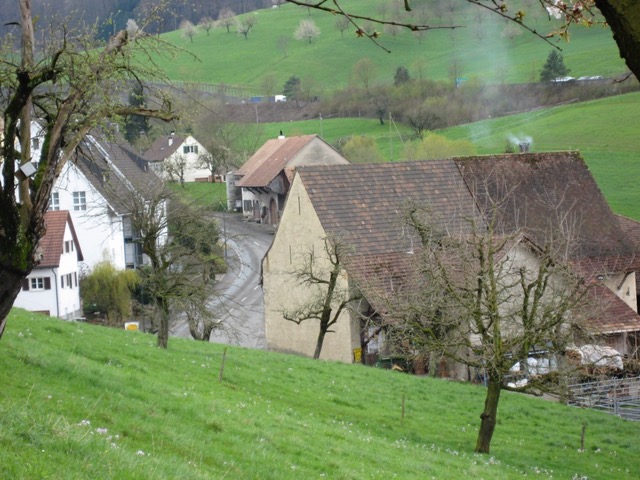
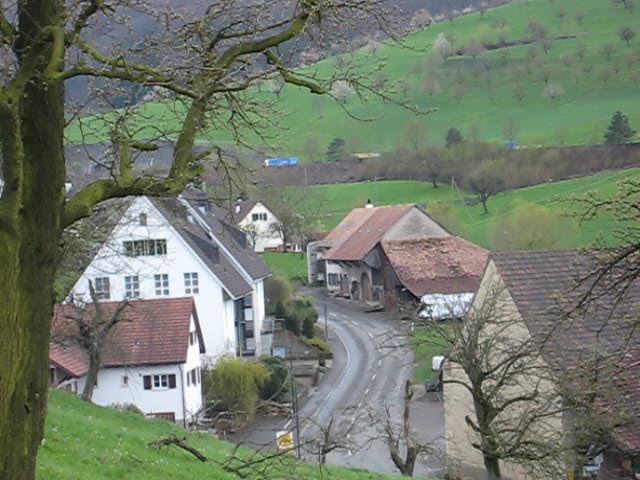

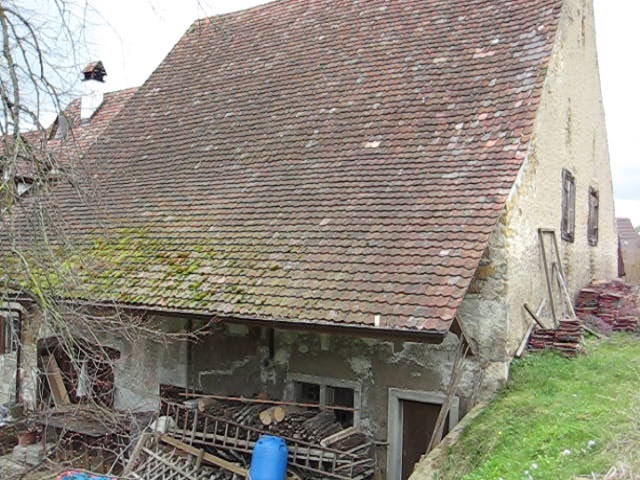

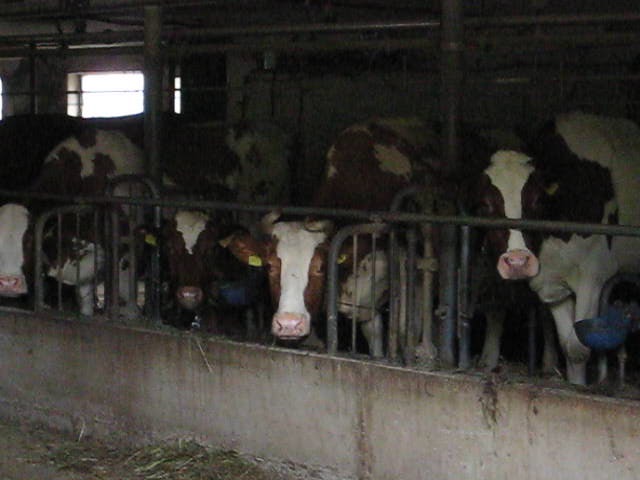
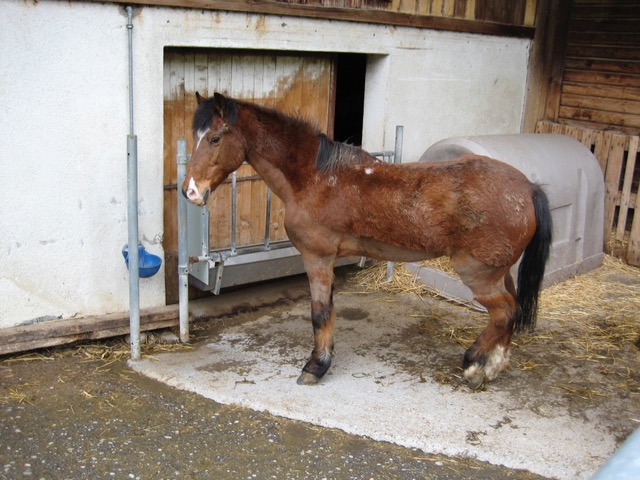

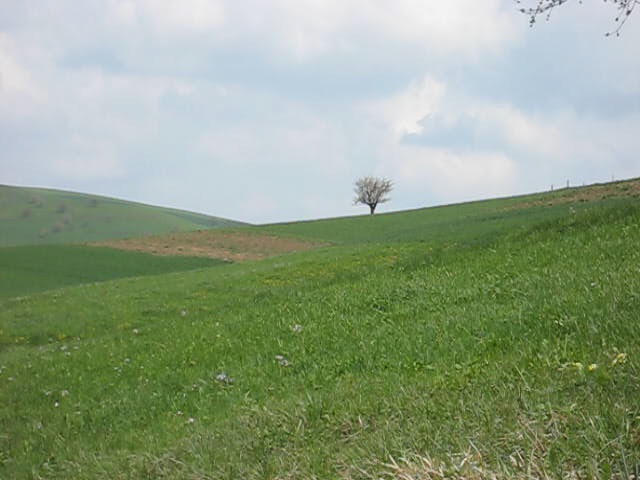
EPISODE 790 MOST DANGEROUS SPIDERS IN THE WORLD — JACKSON SKEOCH FACES A STRANGE ENEMY

Sydney Funnel-Web
 img.theculturetrip.com/768×431/smart/wp-content/uploads/2017/11/4431263917_20e40101d4_b.jpg 768w, img.theculturetrip.com/1440×807/smart/wp-content/uploads/2017/11/4431263917_20e40101d4_b.jpg 1440w” alt=”Australian Huntsman” data-pin-nopin=”true” class=””>
img.theculturetrip.com/768×431/smart/wp-content/uploads/2017/11/4431263917_20e40101d4_b.jpg 768w, img.theculturetrip.com/1440×807/smart/wp-content/uploads/2017/11/4431263917_20e40101d4_b.jpg 1440w” alt=”Australian Huntsman” data-pin-nopin=”true” class=””>
Allegedly the world’s most dangerous spider, the Sydney Funnel-Web (atrax robustus) is a common feature in New South Wales, residing in both back gardens and bushlands. Known for its foul temper and mighty fangs – which can pierce through finger and toenails alike – this arachnid is not to be messed with.
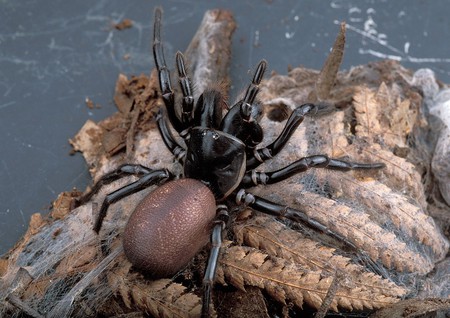 img.theculturetrip.com/768x/smart/wp-content/uploads/2017/11/csiro_scienceimage_2226_a_female_funnel_web_spider.jpg 768w, img.theculturetrip.com/1440x/smart/wp-content/uploads/2017/11/csiro_scienceimage_2226_a_female_funnel_web_spider.jpg 1440w” class=”” loading=”lazy” data-pin-nopin=”true” style=”box-sizing: border-box; position: absolute; top: 0px; width: 600px; height: 424.609375px; opacity: 1; object-fit: cover; transition: all 3s ease 0s; will-change: opacity;”>
img.theculturetrip.com/768x/smart/wp-content/uploads/2017/11/csiro_scienceimage_2226_a_female_funnel_web_spider.jpg 768w, img.theculturetrip.com/1440x/smart/wp-content/uploads/2017/11/csiro_scienceimage_2226_a_female_funnel_web_spider.jpg 1440w” class=”” loading=”lazy” data-pin-nopin=”true” style=”box-sizing: border-box; position: absolute; top: 0px; width: 600px; height: 424.609375px; opacity: 1; object-fit: cover; transition: all 3s ease 0s; will-change: opacity;”>Other Funnel-Web Spiders
There are approximately 40 other funnel-web spiders – none as venomous as the dreaded Sydney funnel-web. In fact, only six have been proven to pose a threat to safety.
Two of the most dangerous include the northern tree funnel-web spider (hadronyche formidabilis) and the southern tree funnel-web spider (hadronyche cerberea). Although numerous bites are reported each year, with victims generally residing in Southern Queensland or Northern New South Wales, the anti-venom has proven hugely effective.
episode 781 Back yard art — wood pictures done in March 2023
Sent from my iPhone
